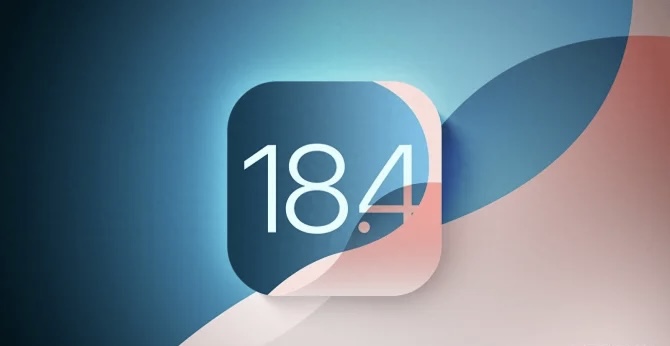As smartphone brands gear up for the next big launches, Redmi and iQOO are heating up the competition. Both the Redmi K80 series and iQOO Neo10 series are being heavily promoted. The Neo10 Standard Edition features the Qualcomm Snapdragon 8 Gen 3 (previous-gen flagship), while the Pro version uses MediaTek’s latest Dimensity 9400. The Neo10 series is expected to be slightly more affordable, with prices around ₹22,999 for the standard version and ₹29,999 for the Pro.
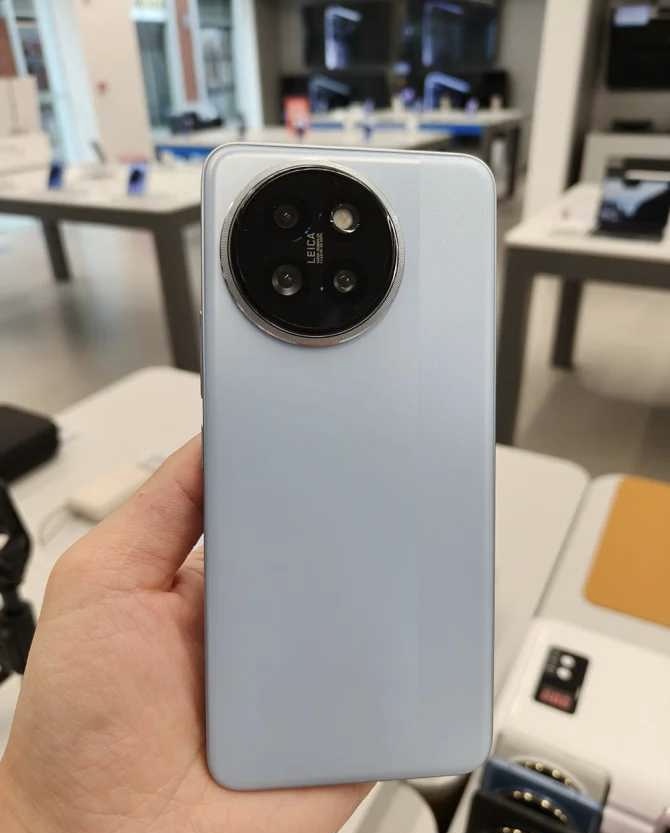
Meanwhile, the Redmi K80 series is set for its grand unveiling on November 27 at 7 PM. This launch also marks Redmi’s evolution from a budget-friendly brand to a mainstream player akin to Xiaomi. The K80 series is the first major step in this brand transformation.
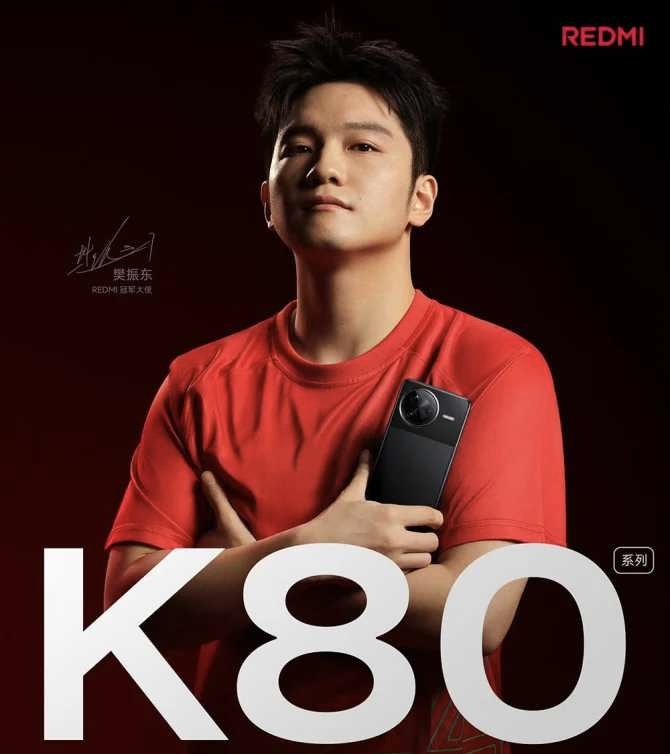
Redmi’s Transition to a Mainstream Brand
Redmi has been hinting at its transformation for some time. The process began with last year’s Redmi Note 13 series and continued with this year’s Redmi Note 14 series. These devices moved away from the typical value-for-money approach and adopted features and designs catering to offline buyers.
For instance, the Redmi Note 14 Pro+ offers features like a curved display, robust protection, a massive battery, and flagship aesthetics—similar to Honor’s X60 Pro—but focuses less on raw performance. This change mirrors popular offline models like vivo Y200, Y300 Pro, and OPPO K12 Plus. Surprisingly, the Redmi Note 14 series sold even better than its predecessors despite moving away from its budget-friendly roots.
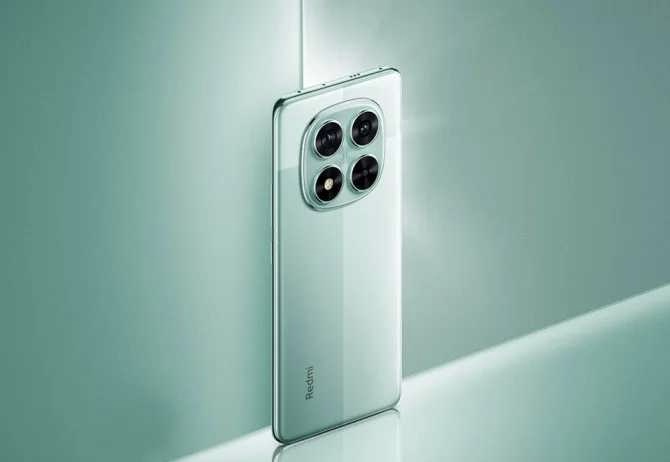
The K80 Series Strategy
The Redmi K80 series continues this trend of transitioning to offline-focused devices but retains some of its performance-oriented DNA:
• Design: Inspired by Xiaomi’s CIVI 3, indicating a shift toward aesthetics.
• K80 Standard Edition: Positioned as a mid-range performance flagship with a Qualcomm Snapdragon 8 Gen 3 chip.
• K80 Pro: Focuses on imaging capabilities with wireless charging and a design closer to Xiaomi’s CIVI series.
It’s speculated that the K80 series might eventually replace the CIVI lineup altogether. However, the K80 Pro’s positioning remains strong as a hybrid for online and offline markets.
Specifications and Pricing
K80 Standard Edition
• Display: 6.67-inch 2K straight screen (M9 material) with 3D ultrasonic fingerprint.
• Processor: Qualcomm Snapdragon 8 Gen 3.
• Camera:
• Main: 50 MP (Light Hunter 800 sensor).
• Ultra-wide: 8 MP.
• Macro: 2 MP.
• Battery: 6500mAh with 120W fast charging.
• Price: Expected around ₹24,999 (12GB + 256GB variant).
K80 Pro Edition
• Display: Same as K80.
• Processor: Snapdragon 8 Gen 3 Extreme Edition.
• Camera:
• Main: 50 MP.
• Ultra-wide: 32 MP.
• Telephoto: 50 MP.
• Battery: 6000mAh with 120W wired and 50W wireless charging.
• Price: Expected around ₹35,999–₹36,999 (12GB + 256GB variant).

Impact on Competition
Redmi’s K80 Pro directly challenges mid-range offline flagships like vivo S20 Pro and OPPO Reno13 Pro, priced around ₹36,999. Despite similar pricing, the K80 Pro boasts better performance, superior cameras, and added perks like wireless charging.
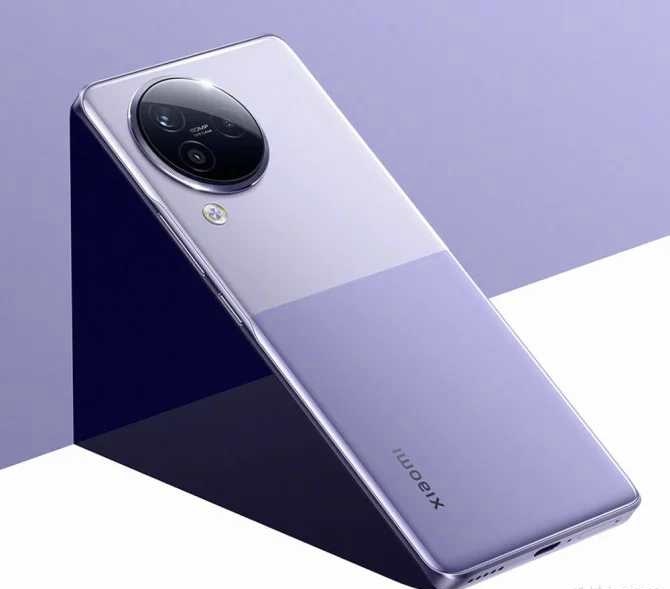
Would You Buy the Redmi K Series Offline?
With Redmi’s transition to an offline-first strategy, its success depends on whether loyal fans embrace the change. If the K series becomes an offline-focused line, will the added features justify a higher price point for you?
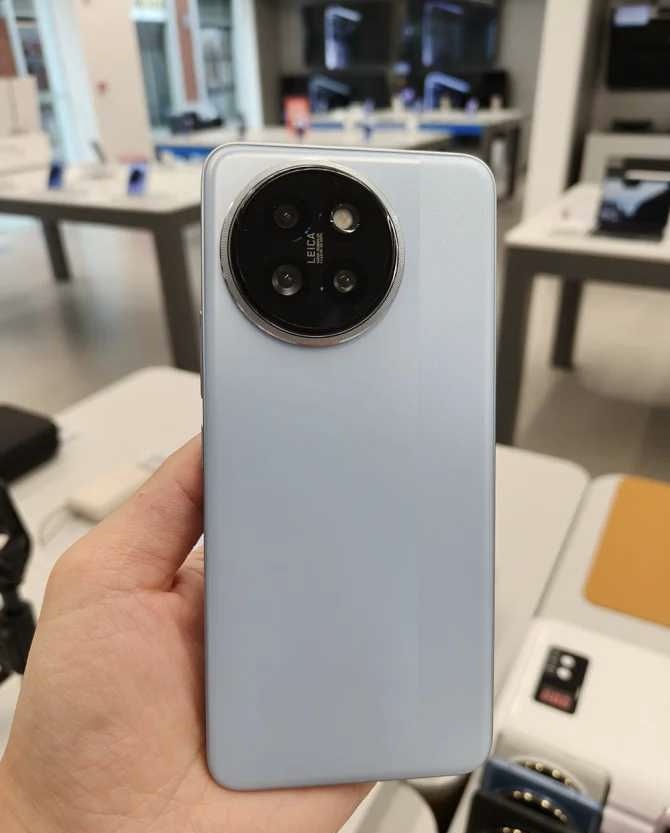
Let us know your thoughts on this shift in the smartphone market. Is Redmi’s transformation worth it, or does the focus on offline buyers alienate its traditional user base?





